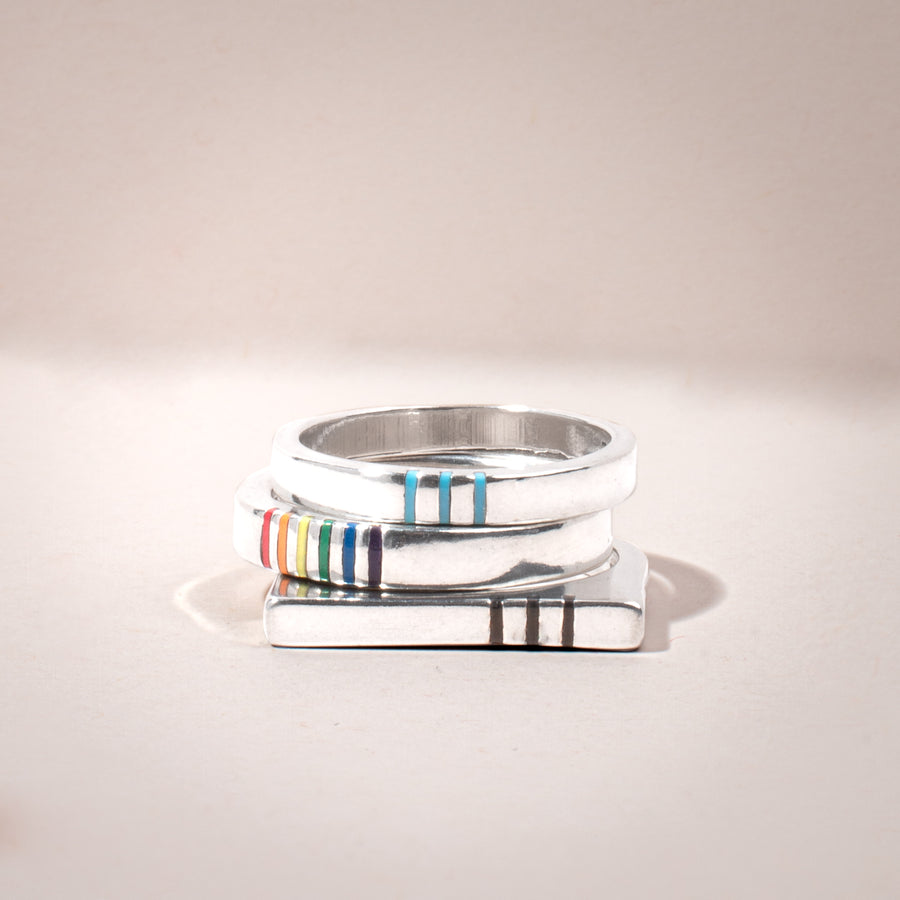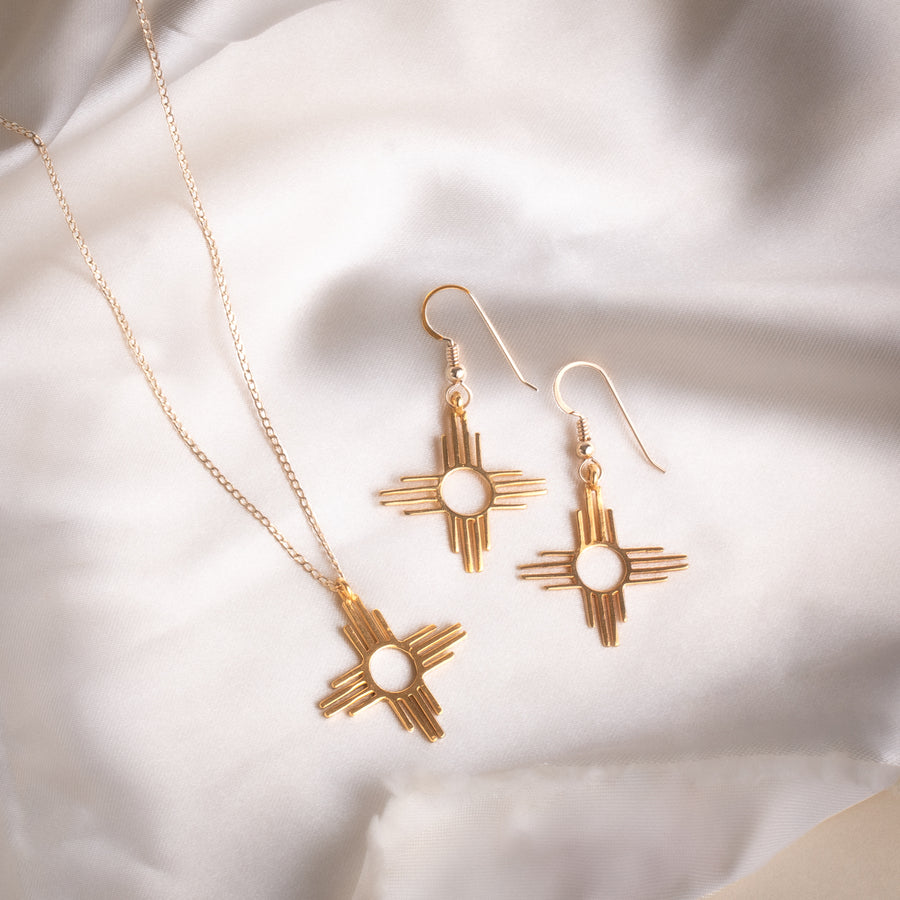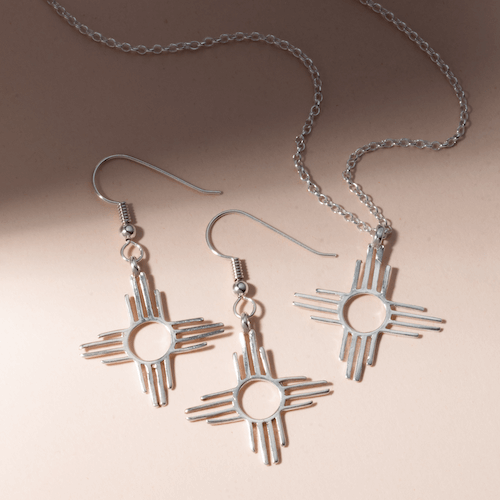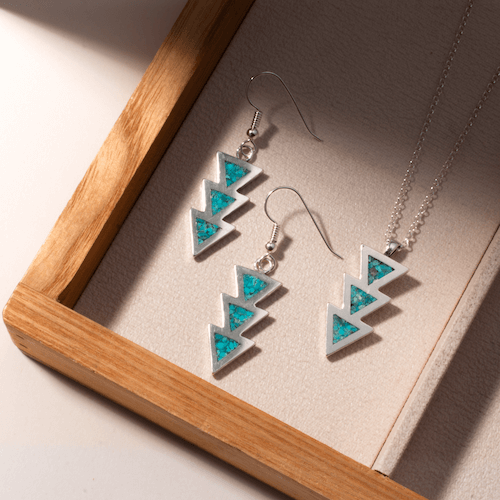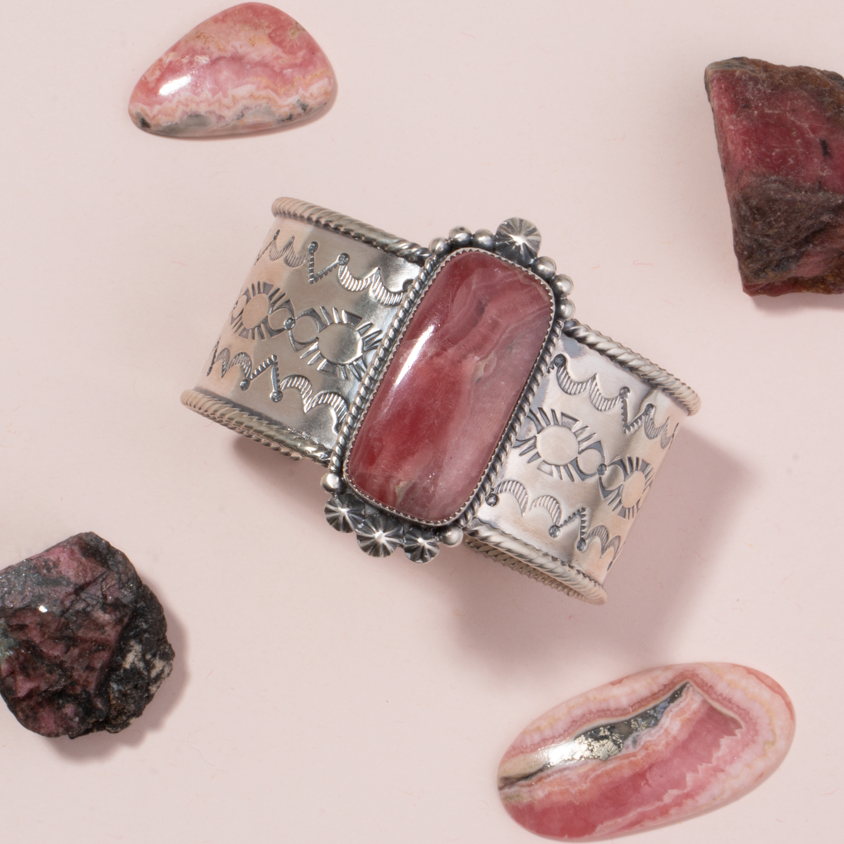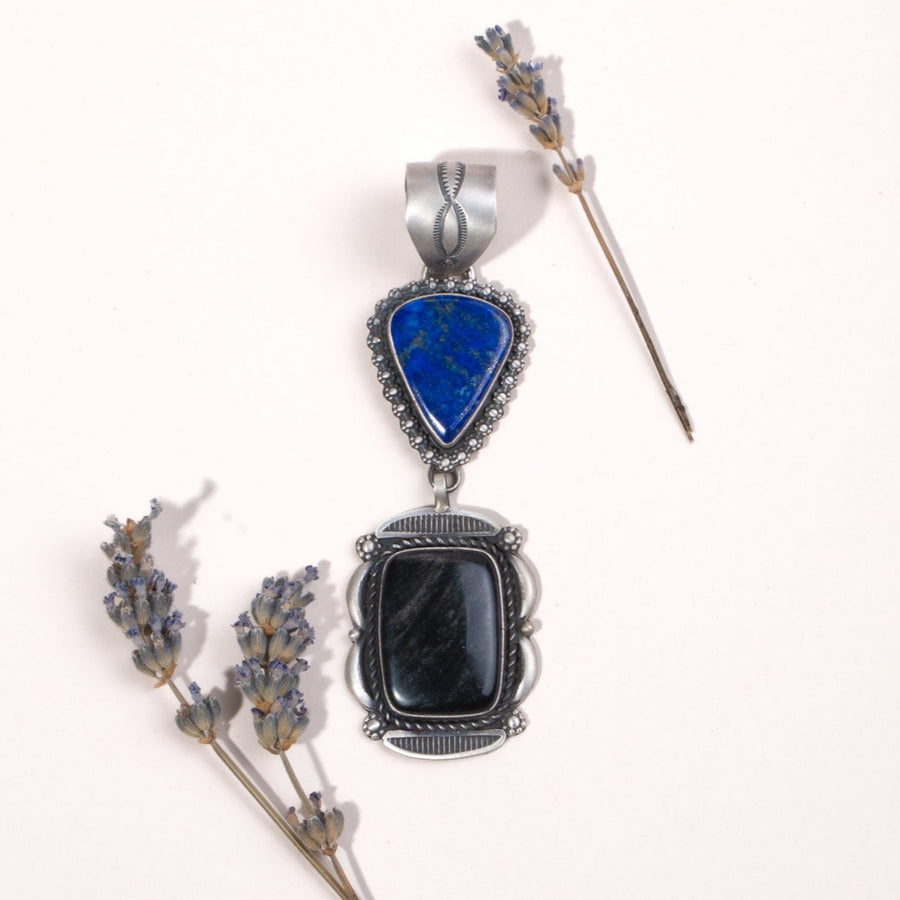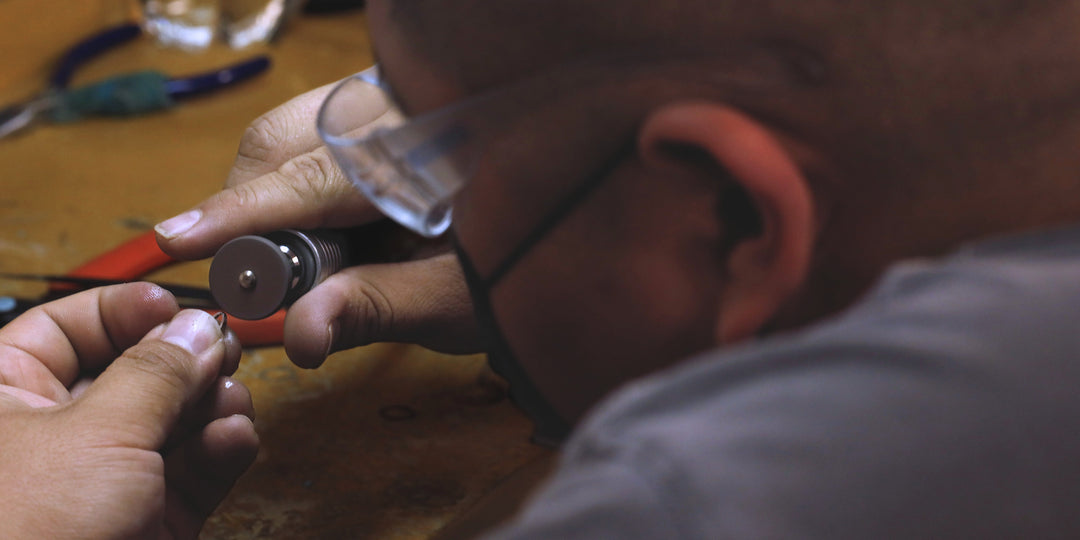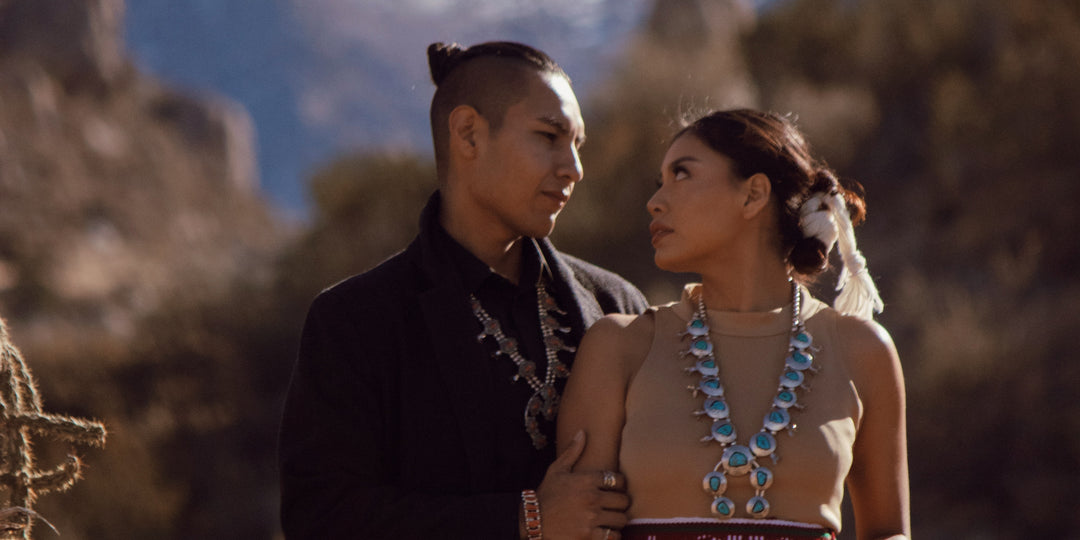The Turquoise Connection: Native American Life and Legend
Turquoise was used when decorating the Taj Mahal and when crafting King Tut’s death mask. Ancient Persians wore it as protection against unnatural death. The Aztecs used inlaid it in skulls statues, and shields. It has been used as a holy stone, for protection, as a symbol of wisdom, immortality, as well as being prized by rich and poor alike for its beautiful blue color. Although turquoise has been used and valued in all corners of the world for centuries, it is probably most associated with Native Americans of the Southwest. The gem is important to Native Americans for many reasons. For starters, it has an important place in many Native American myths and legends.
Legends concerning how turquoise was created speak to the connection of this gem to Native Americans, and their connection to the earth. Some Native Tribes believe that ancient people were so happy to see rain after a long drought that they danced and rejoiced. Their tears mixed with the rain and seeped into the earth to become turquoise. Other legends speak to the idea that turquoise helped to create life on earth. The Hopi believe that the earth used to be covered in water, and turquoise helped to remove this water so that life could begin.
Turquoise is so important that it plays a part in stories about Native American deities. Navajo legend says that the female goddess Estsanatlehi, the symbol of creation, protection, and abundance, appeared to people as a drop of turquoise. Other legends say that this goddess lives in a turquoise house and wears turquoise jewelry.
In Native American cultures, turquoise plays an important role throughout life. At birth, the Navajo give their babies their first turquoise beads soon after birth, as a symbol of protection and health. Navajo also use turquoise in various ceremonies, such as marriage, initiation, and healing ceremonies.
The color of the gemstone represents the water, sky, and the hope that the wearer would become one with the universe. To the Zuni, the color of turquoise represents Awonauilona, the sun’s life giving power. And, because the color can change depending on the light, the weather, or what ever elements are near it, it has also been used for prophesy and divining.
Turquoise represents the hopes for a bountiful harvest and aids in survival. Pueblo dancers wear turquoise to ensure rain for their crops. Native American hunters would draw lines with turquoise in an attempt to slow game down and make them easier to catch. Navajos use turquoise to help them find water. The sacred stone has healing energy for those who are ill, and Navajos even use turquoise ground into powder to protect from illness. It functions to help the wearer communicate and to help them think clearly. It is placed into bags and hung in Native American homes to protect against misfortune, and Navajo shepherds wore turquoise for protection against thunderstorms. It is said that if you are wearing turquoise and notice a crack in it, then the stone absorbed some kind of negative energy that meant for you.
At the end of our journey turquoise is used in some Native American cultures to guard burial sites. Some Native American cultures place animals carved out of the gem into the graves of loved ones in the belief that the blue/green color of the turquoise helps in the transition from the earth to the afterlife ñ the green represents the earth and the blue represents the heavens.
Turquoise is more than just a beautiful blue gem. It represents so many things: a connection between the physical world and the spiritual; the bond between man and nature; dreams of luck, success, and a healthy and happy life. Although turquoise is associated closely with Native Americans, the gem has a universal appeal, as it represents what many of us want out of life.
Resources
Turquoise. Wikipedia.http://en.wikipedia.org/wiki/Turquoise_(color).
Danchevskaya, O.Y. ¿Turquoise in the Life of the American Indians.¿ http://www.se.edu/nas/files/2013/03/NAS-2009-Pr….
